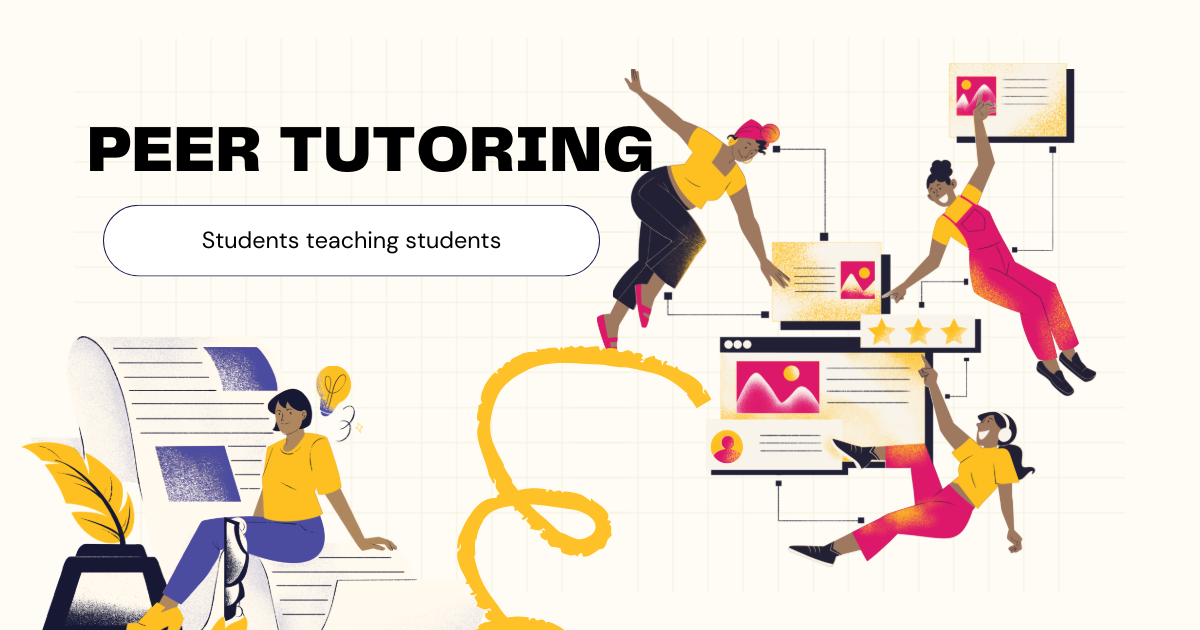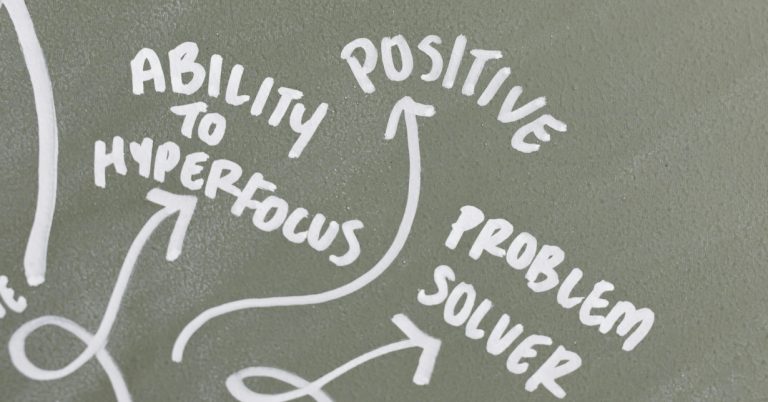In today’s dynamic education landscape, traditional learning models are being transformed by collaborative and student-centered approaches. One of the most powerful of these is peer learning—a strategy where students actively teach and learn from one another. The benefits of this approach go far beyond group work or casual study sessions. When students teach peers, they reinforce their own understanding, increase knowledge retention, and develop deeper conceptual clarity. Platforms like the Kapdec marketplace are revolutionizing how this model works by creating spaces where students can earn while they learn, making the experience both academically and financially rewarding.
What Exactly is Peer Learning?
Peer learning is a method of acquiring knowledge where students interact and collaborate to teach each other. It includes formal settings like tutoring programs, group projects, and study circles, as well as informal discussions and mentoring relationships. The core idea is simple: when you explain something to someone else, you learn it better yourself.
Studies in educational psychology have shown that teaching others requires higher-order thinking. To explain a concept, one must first comprehend it fully, break it down, and reframe it in simpler terms—an act that solidifies knowledge and often leads to “aha” moments.
Teaching others requires a deep understanding of the subject, often leading to enhanced comprehension for the tutor.
Teaching Others Enhances Understanding
At its core, teaching forces a deeper engagement with content. When a student prepares to teach, they revisit the material, analyze it critically, and anticipate questions their peer might ask. This process naturally fills in any gaps in their own understanding.
For example, a student teaching calculus on the Kapdec marketplace may find that explaining the concept of limits or derivatives to a peer requires more than just memorizing formulas—it demands a conceptual grasp of what’s happening graphically and numerically. This active engagement transforms passive learning into deep learning.
Additionally, teaching encourages students to personalize information. Everyone has their own way of understanding things, and teaching allows them to translate knowledge into their unique voice. In doing so, they not only reinforce their memory but also find new ways to understand the topic themselves.
Improving Retention via Peer Teaching
The act of teaching has been shown to improve memory retention. This phenomenon, known as the “Protégé Effect”, suggests that students who teach others recall information more effectively than those who do not. Platforms like the Kapdec marketplace facilitate such interactions, allowing students to reinforce their knowledge while assisting peers.
Memory and retention are often about repetition and connection. Teaching naturally incorporates both. Explaining content to someone else serves as a form of spaced repetition, which is known to dramatically improve long-term memory.
When learners actively engage in peer learning, they are more likely to retain the information they’ve taught. The reason is cognitive: the act of retrieving information, organizing it, and delivering it to someone else strengthens neural pathways. It’s called the “Protégé Effect”—students who teach others recall more and perform better than those who don’t.
Platforms like Kapdec, which allow students to act as peer tutors, are perfect environments to foster this effect. Not only do users benefit from teaching, but they can also earn while they learn, turning knowledge into an asset that fuels their academic and financial journey.
Strengthening Fundamentals Through Teaching
One of the most overlooked benefits of teaching peers is how it cements the basics. Often, students can perform well on tests without fully grasping the underlying concepts. However, when they try to teach those same concepts, the cracks begin to show. Teaching forces students to revisit foundational knowledge and see how it connects to more complex ideas.
Take, for example, a computer science student in a high school, who is exploring STEM education, explaining recursion to a peer. If their fundamentals in logic and functions are weak, the explanation will stumble. This feedback loop helps the student identify and shore up their weak spots, ultimately resulting in a stronger grasp of both the basics and the advanced material.
The Kapdec marketplace recognizes the value of reinforcing fundamentals. It connects learners with student tutors, who are in early college, or high school seniors, be tutors and also teach other students who are juniors or just entered high school. The seniors who have already gone through a course understand where confusion typically arises—because they’ve been there themselves. This peer-based dynamic often results in explanations that are clearer, more relatable, and better targeted than those from professional educators who may be years removed from learning the material.
Peer Tutoring Builds Confidence and Communication Skills
Teaching not only strengthens academic skills but also builds confidence. When a student successfully explains a topic, it validates their understanding and boosts their self-esteem. This confidence can spill over into other areas of their education, encouraging them to tackle more difficult subjects and speak up in class.
Additionally, teaching improves communication. Students learn how to articulate complex ideas, adjust their language based on the listener’s needs, and practice empathy. These soft skills are highly valuable, not only in academic settings but also in the workforce.
On Kapdec, students not only improve their subject matter knowledge but also develop marketable skills. The “earn while you learn” model rewards effective communication, punctuality, and clarity—traits that are essential in any professional field.
The Economic Benefit: Earn While You Learn
One of the standout features of modern peer learning platforms like Kapdec is the opportunity for students to monetize their knowledge. With rising education costs and economic pressures, students are looking for ways to support themselves without sacrificing study time. Kapdec bridges this gap by offering a marketplace where students can get paid for tutoring peers.
This model doesn’t just provide financial support—it also motivates deeper learning. Knowing that they’ll be teaching others encourages students to study more thoroughly, stay updated with course content, and continuously improve their delivery.
Unlike traditional part-time jobs, teaching through Kapdec directly contributes to academic progress. Instead of working at a café or retail job, students spend their time immersed in the subjects they’re studying, turning each session into a dual-purpose investment in their future.
Community-Driven Learning
Kapdec also fosters a community spirit, where learners feel connected and supported. The environment encourages mutual respect, shared responsibility, and cooperative growth. Peer tutors aren’t just service providers—they’re part of a vibrant learning ecosystem where everyone benefits.
This sense of belonging can be particularly impactful for students who might feel isolated in large universities or online courses. Knowing that there’s a peer network available for guidance can alleviate stress and improve overall academic performance.
Conclusion
Teaching peers is one of the most effective ways to deepen knowledge, improve retention, and solidify foundational skills. It transforms students from passive recipients of information into active participants in the learning process. With platforms like the Kapdec marketplace, students not only enhance their academic skills but also get a chance to earn while they learn, combining education with real-world value.
Peer learning is more than a trend—it’s a transformative approach that empowers learners to take charge of their education, support one another, and prepare for a future where collaboration, communication, and continuous learning are key.




